Advertisement
There are times when handing someone money in person just isn't possible. Maybe they live in another city, or they simply prefer the money to go straight into their account. While sending money digitally works in many cases, not everyone uses banking apps or wants to rely on them. That's where cash deposits come in.
Depositing cash into someone else’s account isn’t as common as it used to be, but it’s still a practical solution when done right. It just requires knowing how banks handle third-party deposits, what rules are in place, and which options are the most secure and accepted.
If you and the person you're sending money to share a bank account, the deposit process is easy. You can go to a branch, provide the account number, and hand over the cash. Since you're an authorized user on the account, banks treat it as if you're managing your funds.
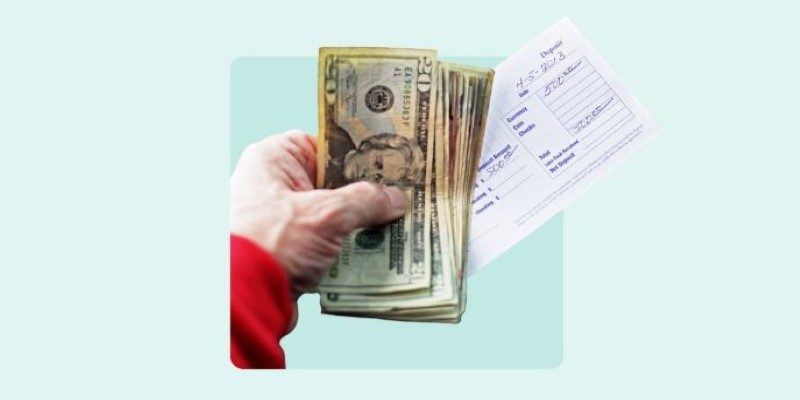
To become a joint or secondary user, the main account holder must formally add you. This usually requires both people to sign paperwork, either online or in person, depending on the bank’s policy.
This setup is useful for families, partners, or people who regularly manage shared expenses. The benefit is simplicity—no need for extra verification or delays. But it does give both people access to the entire account, which might not be ideal for everyone.
If your situation allows it and trust is strong, a shared account is the smoothest path for ongoing cash deposits.
Some banks allow you to deposit cash directly at their ATMs, even if you don’t have the account holder’s card. This depends on the bank’s setup and whether the ATM supports cardless deposits.
To use this option, you need the exact account number and bank name. Go to a deposit-enabled ATM owned by the recipient’s bank—not just any ATM. Insert the cash after following the prompts, and the machine will confirm the transaction. A printed receipt provides proof, which is helpful if there are issues later.
Not every ATM or bank supports this method, and some may require a card linked to the account. It's smart to check ahead of time or visit a nearby branch that can confirm what’s allowed.
This approach works well for quick deposits without needing to wait in line at the bank. It's also more discreet and often available outside of banking hours. Just be careful to enter the correct account number, since errors can’t be easily reversed.
When you don’t have shared account access or ATM options, a money order is a reliable alternative. You buy it with cash, write the recipient’s name, and give or mail it to them. They can then deposit it into their account like a check.
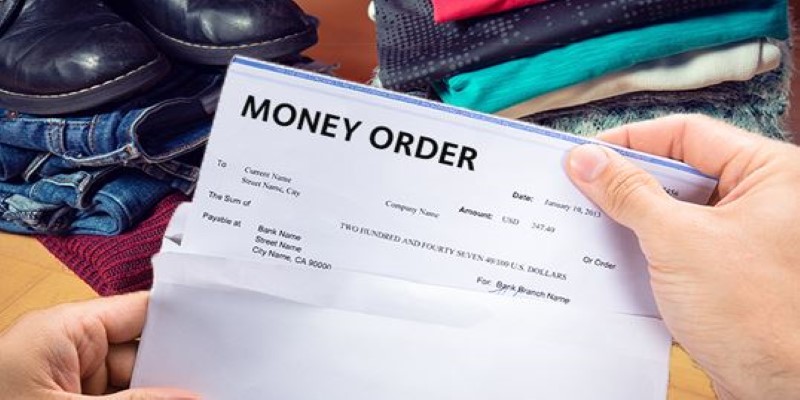
Money orders are available at post offices, convenience stores, and banks. Fees are usually low—often under $2—and you'll receive a receipt with a tracking number in case it's lost or not received. This makes it safer than mailing cash and provides proof that the money was sent.
Some banks also accept in-person cash deposits from non-account holders, though policies vary. In recent years, many have tightened these rules to prevent fraud. Some banks now ban cash deposits into accounts you don't own. Others might allow them, but ask for ID or additional details.
If the bank does permit third-party deposits, you’ll need the recipient’s account number and possibly their full name. The teller may ask questions to ensure the funds are going to the right place.
Although not every branch will offer this service, some smaller or regional banks may be more flexible than national chains. It’s always a good idea to call ahead and confirm what's possible before heading over.
Before choosing a method, understand that banks have different rules about who can deposit money into an account. Many national banks now block third-party cash deposits completely, especially when it’s not a shared account. This is to reduce the risk of illegal activity or scams.
For larger cash amounts—generally $10,000 or more in one transaction—the bank is legally required to file a report with the IRS. This is standard practice and doesn’t suggest wrongdoing. But spreading out deposits to avoid reporting can raise red flags and is not recommended.
Always check the account number carefully. A mistake in one digit could send the money to a stranger’s account, and most banks won’t fix this unless the recipient agrees to return the funds. Double-check with the recipient before finalizing anything.
Lastly, keep all documentation organized. Whether it's a printed ATM slip, a receipt for a money order, or a teller's deposit confirmation, having proof can help protect you if something goes wrong or the deposit isn't recorded properly.
Depositing cash into someone else’s account still works in today’s banking system—you just need to use the methods that banks allow. Shared accounts make things straightforward if both parties trust each other. Deposit-enabled ATMs can offer a fast way to move cash without needing direct account access. And for those without other options, money orders or teller-assisted deposits are still in play, depending on the bank. Each of these paths has its steps, limits, and potential fees. It's less about finding the fastest method and more about choosing the one that fits your situation best. As long as you have accurate details and follow the bank’s guidelines, you can send cash securely without unnecessary stress.
Advertisement

How to make changes to your 401(k) contributions with this easy-to-follow guide. Understand when, why, and how to update your plan to stay aligned with your financial goals

Experience the best road trips in Portugal across beaches, cliffs, and valleys—ideal for a calm and scenic getaway.

Take a break from Cardiff with 4 peaceful day trips to beaches, trails, forests, and coastlines perfect for fresh air.

Experience the vibrant art scene in Miami through museums, galleries, street murals, and studios.

How breed influences pet insurance costs and why some pets are more expensive to cover. Understand breed-specific health risks and make informed choices for your pet’s care
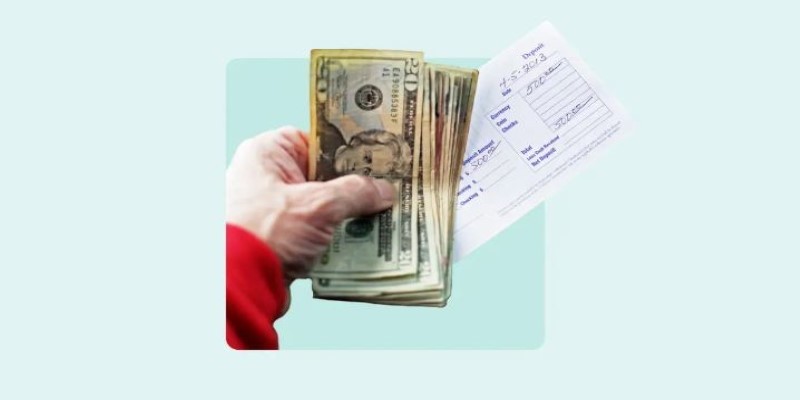
How to deposit cash into someone else’s account using safe and approved methods. This guide covers shared accounts, ATMs, and money order options for secure transactions

Experience the beauty of Sicily with hikes leading to beaches, castles, and volcanoes.

Discover the top 12 things to do in Honolulu, from scenic hikes to markets, coastal walks, and tropical garden visits.
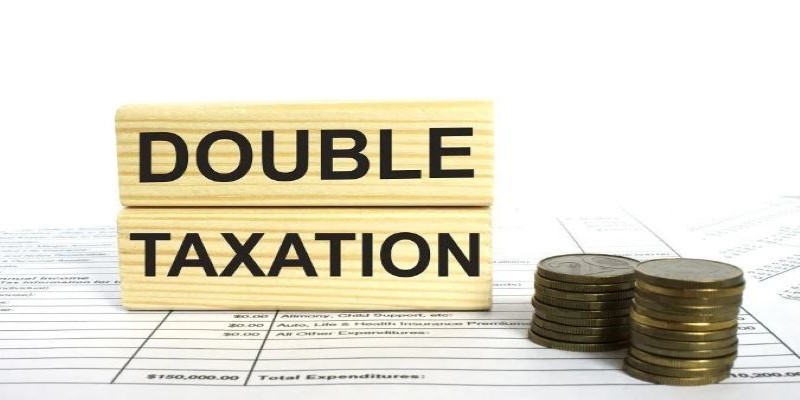
How to get double taxation relief and avoid paying tax twice on your overseas income. Understand tax credit, exemptions, and double taxation avoidance agreements

Explore the best low-rate savings account alternatives to help your money grow faster without taking big risks. Learn smarter ways to save and earn more
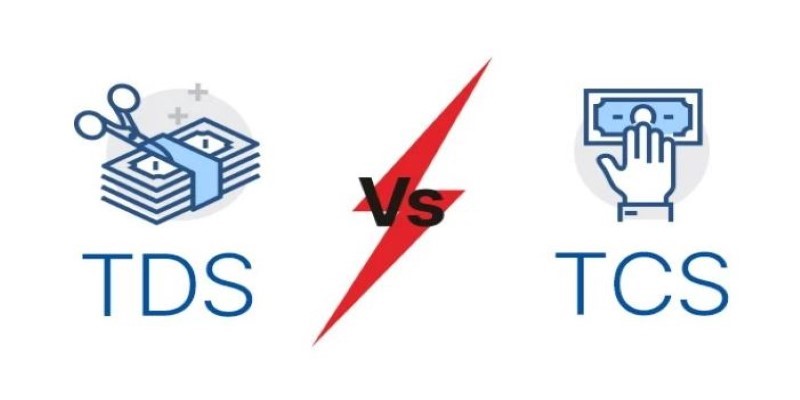
Understand the difference between TDS and TCS, how each works, who is responsible, and why it matters. A clear and simple explanation for individuals and businesses

Plan a summer trip to Coastal Georgia’s islands with tips for lodging, sunny beaches, trails, dining, and family fun!